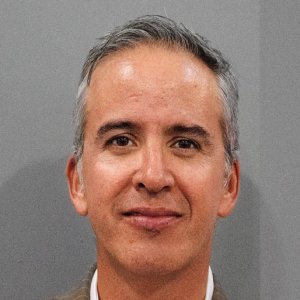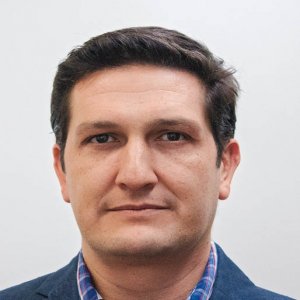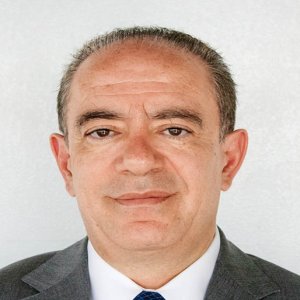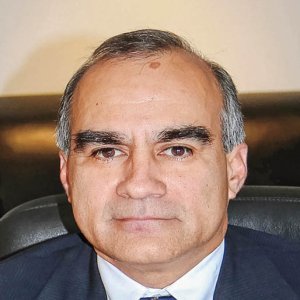Fending Off Competition for Investment

STORY INLINE POST
Q: What were FIFOMI’s main achievements in 2016?
A: In 2015, the authorities made changes to the regulatory framework for financial institutions in Mexico to ensure that both commercial and development banks are held to the same requirements. FIFOMI acts as a development bank for the mining sector so we are now regulated like any other credit institution in the country. The focus in 2016 was on adapting to these changes and restructuring and streamlining the internal loan processes. We now focus on supporting the core businesses within the sector, which are production and processing of minerals. Without a strong, well-developed mineral processing industry in Mexico, all the extracted metals and minerals will be processed elsewhere. This means that Mexico will become dependent on other countries and therefore far more susceptible to volatility in the global economy. It is vital that we industrialize and promote the consumption of metals in the domestic market.
By acting as a development bank for the mining industry, we have to focus on providing support for projects and areas that private banks do not finance and the most urgent of these is mineral processing. We are working alongside other federal government banks to finance a company in Zacatecas that manufactures ceramic tiles, which is struggling to compete with companies from Spain and Italy.
Other financial institutions, such as equity funds and investment banks, are not well-informed regarding the financing of mining projects. That is where we can provide added value, by bringing our experience of the mining sector to the table. We have been operating for 82 years, so we believe we have unrivalled knowledge of the sector.
Q: What is FIFOMI doing to promote the sector on a global scale?
A: Strong mining jurisdictions in Latin America like Peru and Chile are all fighting for investment from Asia, North America, Australia and Europe. Like its neighbors to the south, Mexico has a capital deficit and needs foreign investment so we need to ensure that our processes and practices to attract foreign capital are superior to the competition. We are present in the main international mining conferences around the world to spread the word about the potential of the mining sector and mineral resources in the country. Fortunately, not only do we have exceptional natural resources but we also have welldeveloped infrastructure compared to other countries in Latin America. It is our job, as a public banking institution, to promote the mining sector and ensure that everyone knows about the opportunities in Mexico. Of course, Mexico has challenges, just like all jurisdictions, but mining is ultimately about geology and few countries have stronger mineral potential than Mexico. We must take advantage of this.
Q: Why are private-sector financial institutions so unwilling to participate in the mining industry in Mexico?
A: There is asymmetric information regarding mining projects. For example, every commercial bank on Main Street has a home loan department because they all have experience with this sector and therefore know how to assess and manage the different risks associated with this activity. The banking sector does not have this kind of experience with mining projects, so executives are reluctant to hand out loans to the industry because they do not have the tools or data to evaluate the risks inherent to this activity. One of the main reasons is that many mines are located in remote regions of the country and so only a fraction of the country’s population is exposed to this activity.
In contrast, people in Canada understand mining – one could ask someone on the street in Toronto what is the price of an ounce of gold and that person would be able give the correct answer. This explains why so many mining companies are listed on the Toronto Stock Exchange, despite the fact that their projects are in Mexico.
FIFOMI works with other banks to share knowledge and create a culture of financing mining projects. We have a number of co-financing agreements and act as a stepping stone for commercial and development banks to enter the sector. It is a gradual process but an important one if we want the mining sector in Mexico to continue to progress and fulfill its potential.
Q: Why did you decide to put a US$25 million limit on loans and how has this program helped SMEs?
A: We do not want to finance just two or three enormous companies because they have other options for financing available. We believe our primary role is to finance SMEs that are exploring or already processing minerals. Many of these are family-owned enterprises lacking revenue so we can help them build up liquidity and advise them on how to expand capacity. The majority of our loans range between US$5- 10 million. We are financing several infrastructure projects for junior companies, as well as offering training and other technical assistance. We make sure that small miners comply with all the national and international standards when it comes to sustainability, taxation and information disclosure, which is vital for the success of any project. FIFOMI is the only institution in Mexico to offer this kind of service to small and medium-sized miners.
Our primary objective is to encourage medium-sized mining companies in Mexico to obtain funds from capital markets. We are already in discussions with the Mexican Stock Exchange (BMV) to see how we can facilitate the entry of mining companies onto the BMV to take advantage of this valuable tool and raise capital. It is the most efficient form of achieving sustainable, long-term growth.
Q: What are the most important challenges that Mexico has to overcome if it is to fulfil its potential?
A: The biggest challenge is the lack of knowledge at the international level regarding Mexico’s mineral reserves. We have deep, well-established investment relationships with both the US and Canada and it is vital to keep fostering those relationships. But we need to do more business with other major global economies, with a specific focus on China and Australia. China is the largest consumer of commodities on the planet, while Australia is similar to Canada in that its economy is geared toward support of the mining sector.
We need to attract investment from these countries. Although the distance between Mexico and these two countries represents a barrier to bilateral investment, globalization is gathering pace and distance is an increasingly minor problem. We have started to build ties – there are already a number of Chinese companies working in the Mexican mining sector - and we are coming closer every year.
But there is a lot of competition. If Mexico wants to strengthen its position within the context of global mining, the entire mining community needs to work toward the common goal and I am delighted to say that it is already happening. We have close working relationships with the Mexican Mining Chamber (CAMIMEX), the Canadian Chamber and similar associations, and I have witnessed a tremendous effort from all sides to promote the country. I am sure that our sector will continue to grow rapidly over the next five years.






















